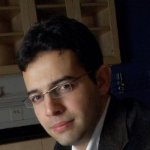Mehmet F Yanik
age ~47
from Watertown, MA
- Also known as:
-
- Mehmet Faith Yanik
- Mehmet Fatih Yanik
- Mehmet Faith Yaniik
- Fatih Yanik
- Phone and address:
-
456 Belmont St APT 20, Watertown, MA 02472
(650)8147067
Mehmet Yanik Phones & Addresses
- 456 Belmont St APT 20, Watertown, MA 02472 • (650)8147067
- 456 Belmont St, Watertown, MA 02472
- Cambridge, MA
- Palo Alto, CA
- Roxbury Crossing, MA
- East Bridgewater, MA
- 456 Belmont St APT 20, Watertown, MA 02472
Resumes

Construction Site Manager
view sourceWork:
Construction Site Manager

Mehmet Yanik
view sourceUs Patents
-
Photonic Crystal Reflectors/Filters And Displacement Sensing Applications
view source -
US Patent:7155087, Dec 26, 2006
-
Filed:Oct 8, 2003
-
Appl. No.:10/682576
-
Inventors:Wonjoo Suh - Stanford CA, US
Mehmet Fatih Yanik - Stanford CA, US
Olav Solgaard - Stanford CA, US
Shanhui Fan - Palo Alto CA, US -
Assignee:The Board of Trustees of the Leland Stanford Junior University - Palo Alto CA
-
International Classification:G02B 6/26
G02B 6/24 -
US Classification:385 27, 385 15, 385 31, 385 39, 385129, 385147
-
Abstract:We introduce a mechanically tunable photonic crystal structure consisting of coupled photonic crystal slabs. Using both analytic theory, and first-principles finite-difference time-domain simulations, we demonstrate that the transmission and reflection coefficients for light normally incident upon such structures can be highly sensitive to nano-scale variations in the spacing between the slabs. Moreover, by specifically configuring the photonic crystal structures, the high sensitivity can be preserved in spite of significant fabrication-related disorders. We expect such a structure to play important roles in micro-mechanically tunable optical sensors and filters.
-
Multilevel Imprint Lithography
view source -
US Patent:7256435, Aug 14, 2007
-
Filed:Jun 2, 2003
-
Appl. No.:10/453329
-
Inventors:Pavel Kornilovich - Corvallis OR, US
Yong Chen - Redwood City CA, US
Duncan Stewart - Menlo Park CA, US
R. Stanley Williams - Redwood CA, US
Philip J. Kuekes - Menlo Park CA, US
Mehmet Fatih Yanik - Stanford CA, US -
Assignee:Hewlett-Packard Development Company, L.P. - Houston TX
-
International Classification:H01L 27/10
-
US Classification:257208
-
Abstract:A mold with a protruding pattern is provided that is pressed into a thin polymer film via an imprinting process. Controlled connections between nanowires and microwires and other lithographically-made elements of electronic circuitry are provided. An imprint stamp is configured to form arrays of approximately parallel nanowires which have (1) micro dimensions in the X direction, (2) nano dimensions and nano spacing in the Y direction, and three or more distinct heights in the Z direction. The stamp thus formed can be used to connect specific individual nanowires to specific microscopic regions of microscopic wires or pads. The protruding pattern in the mold creates recesses in the thin polymer film, so the polymer layer acquires the reverse of the pattern on the mold. After the mold is removed, the film is processed such that the polymer pattern can be transferred on a metal/semiconductor pattern on the substrate.
-
Photonic Crystal Reflectors/Filters And Displacement Sensing Applications
view source -
US Patent:7412127, Aug 12, 2008
-
Filed:Aug 15, 2006
-
Appl. No.:11/464781
-
Inventors:Wonjoo Suh - Stanford CA, US
Mehmet Fatih Yanik - Stanford CA, US
Olav Solgaard - Stanford CA, US
Shanhui Fan - Palo Alto CA, US -
Assignee:The Board of Trustees of the Leland Stanford Junior University - Palo Alto CA
-
International Classification:G02B 6/26
G02B 6/24 -
US Classification:385 27, 385 15, 385 31, 385 39, 385129, 385147
-
Abstract:We introduce a mechanically tunable photonic crystal structure consisting of coupled photonic crystal slabs. Using both analytic theory, and first-principles finite-difference time-domain simulations, we demonstrate that the transmission and reflection coefficients for light normally incident upon such structures can be highly sensitive to nano-scale variations in the spacing between the slabs. Moreover, by specifically configuring the photonic crystal structures, the high sensitivity can be preserved in spite of significant fabrication-related disorders. We expect such a structure to play important roles in micro-mechanically tunable optical sensors and filters.
-
Multilevel Imprint Lithography
view source -
US Patent:7803712, Sep 28, 2010
-
Filed:Dec 7, 2006
-
Appl. No.:11/636264
-
Inventors:Pavel Kornilovich - Corvallis OR, US
Yong Chen - Redwood City CA, US
Duncan Stewart - Menlo Park CA, US
R. Stanley Williams - Redwood CA, US
Philip J. Kuekes - Menlo Park CA, US
Mehmet Fatih Yanik - Stanford CA, US -
Assignee:Hewlett-Packard Development Company, L.P. - Houston TX
-
International Classification:H01L 21/308
-
US Classification:438691, 257E21575, 216 41
-
Abstract:A mold with a protruding pattern is provided that is pressed into a thin polymer film via an imprinting process. Controlled connections between nanowires and microwires and other lithographically-made elements of electronic circuitry are provided. An imprint stamp is configured to form arrays of approximately parallel nanowires which have (1) micro dimensions in the X direction, (2) nano dimensions and nano spacing in the Y direction, and three or more distinct heights in the Z direction. The stamp thus formed can be used to connect specific individual nanowires to specific microscopic regions of microscopic wires or pads. The protruding pattern in the mold creates recesses in the thin polymer film, so the polymer layer acquires the reverse of the pattern on the mold. After the mold is removed, the film is processed such that the polymer pattern can be transferred on a metal/semiconductor pattern on the substrate.
-
Ultra-Slow Down And Storage Of Light Pulses, And Altering Of Pulse Spectrum
view source -
US Patent:7269313, Sep 11, 2007
-
Filed:Nov 30, 2004
-
Appl. No.:11/001492
-
Inventors:Mehmet Fatih Yanik - Stanford CA, US
Shanhui Fan - Palo Alto CA, US -
Assignee:The Board of Trustees of the Leland Stanford Junior University - Palo Alto CA
-
International Classification:G02B 6/26
G02F 1/295 -
US Classification:385 27, 385 8, 385 15
-
Abstract:Light pulses can be stopped and stored coherently, with an all-optical process that involves an adiabatic and reversible pulse bandwidth compression occurring entirely in the optical domain. Such a process overcomes the fundamental bandwidth-delay constraint in optics, and can generate arbitrarily small group velocities for light pulses with a given bandwidth, without the use of any coherent or resonant light-matter interactions. This is accomplished only by small refractive index modulations performed at moderate speeds and has applications ranging from quantum communications and computing to coherent all-optical memory devices. A complete time reversal and/or temporal/spectral compression and expansion operation on any electromagnetic field is accomplished using only small refractive index modulations and linear optical elements. This process does not require any nonlinear multi-photon processes such as four-wave mixing and thus can be implemented using on-chip tunable microcavity complexes in photonic crystals. The tuning process requires only small refractive index modulations, and moderate modulation speeds without requiring any high-speed electronic sampling.
-
Bistable All Optical Devices In Non-Linear Photonic Crystals
view source -
US Patent:20060062507, Mar 23, 2006
-
Filed:Sep 13, 2005
-
Appl. No.:11/226713
-
Inventors:Mehmet Yanik - Stanford CA, US
Shanhui Fan - Palo Alto CA, US
Marin Soljacic - Belmont MA, US
John Joannopoulos - Belmont MA, US -
International Classification:G02B 6/26
-
US Classification:385005000, 385016000
-
Abstract:A bistable photonic crystal configuration comprises a waveguide sided coupled to a single-mode cavity. This configuration can generate extremely high contrast between the bistable states in its transmission with low input power. All-optical switching action is also achieved in a nonlinear photonic crystal cross-waveguide geometry, in which the transmission of a signal can be reversibly switched on and off by a control input, or irreversibly switched, depending on the input power level.
-
Stopping And Time Reversing Light In A Waveguide With An All-Optical System
view source -
US Patent:20060115211, Jun 1, 2006
-
Filed:Nov 30, 2004
-
Appl. No.:11/000679
-
Inventors:Mehmet Fatih Yanik - Stanford CA, US
Wonjoo Suh - Stanford CA, US
Zheng Wang - Stanford CA, US
Shanhui Fan - Palo Alto CA, US -
International Classification:G02B 6/26
-
US Classification:385027000, 385039000
-
Abstract:We introduce a new all-optical mechanism that can compress the bandwidth of light pulses to absolute zero, and bring them to a complete stop. The mechanism can be realized in a system consisting of a waveguide side-coupled to tunable resonators, which generates a photonic band structure that represents a classical analogue of the Electromagnetically Induced Transparency. The same system can also achieve a time-reversal operation. We demonstrate the operation of such a system by finite-difference time-domain simulations of an implementation in photonic crystals.
-
High-Throughput, Whole-Animal Screening System
view source -
US Patent:20100263599, Oct 21, 2010
-
Filed:Aug 11, 2008
-
Appl. No.:12/670882
-
Inventors:Mehmet F. Yanik - Watertown MA, US
Christopher Rohde - Cambridge MA, US
Matthew M. Angel - Cambridge MA, US
Cody Gilleland - Cambridge MA, US -
International Classification:A01K 61/00
A61D 7/00
A01K 1/00
A01K 29/00 -
US Classification:119216, 604246, 604 9301, 604 20, 119416, 119417, 119421, 119 67
-
Abstract:Distinctive components that enable high-throughput, whole-animal screening are described. These components can be used individually or in various combinations. A staging chip strains off the excess fluid that the input animals are immersed in, increasing their density (number of animals in a given volume) and rapidly bringing them close to other fluidic components. A microfluidic sorter is adapted to isolate and immobilize a single, physiologically active animal in a selected geometry. A multiplexed micro-chamber chip receives single animals and the microchamber chip includes individually addressable screening chambers for imaging, incubation and exposure of individual animals to selected chemical compounds. An imaging structure generates sub-cellular, high-resolution images of the physiologically active animals. A well-plate interface chip is used to deliver elements from a compound library to a single output of the chip.

Mehmet Yanik
view source
Mehmet Yanik
view source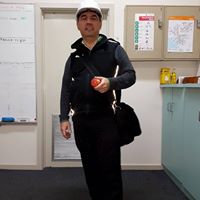
Mehmet Yanik
view source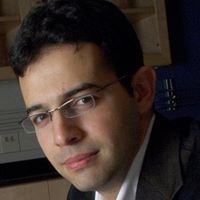
Mehmet Fatih Yanik
view source
Mehmet Yanik
view source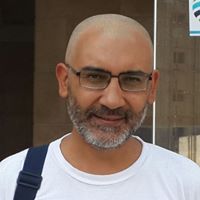
Mehmet Yanik
view sourceMyspace
Googleplus
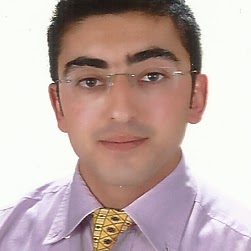
Mehmet Yanik
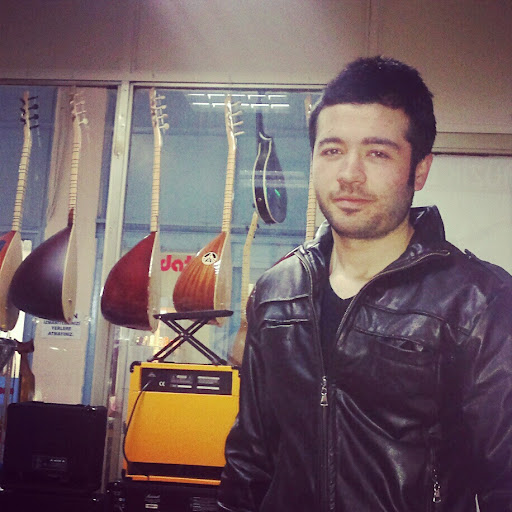
Mehmet Yanik
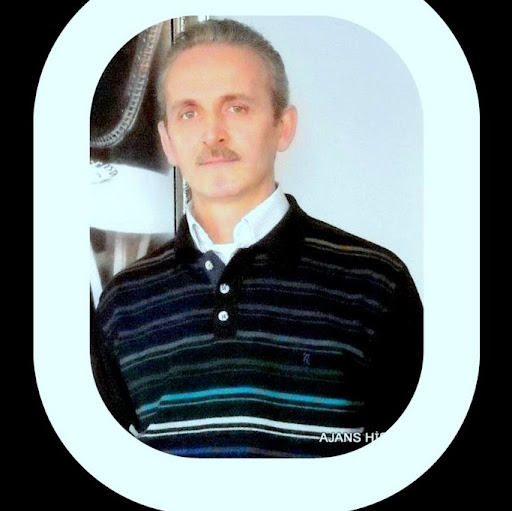
Mehmet Yanik

Mehmet Yanik
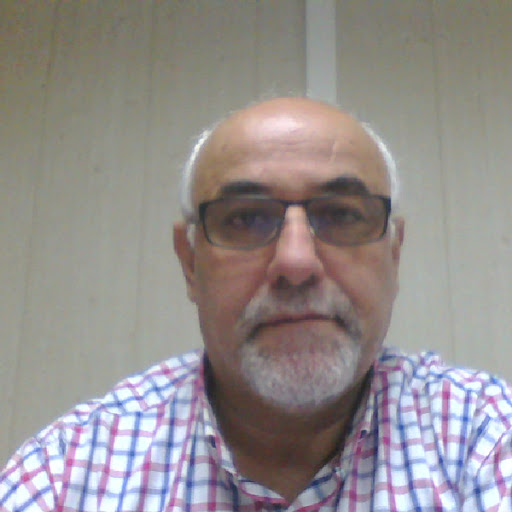
Mehmet Yanik

Mehmet Yanik
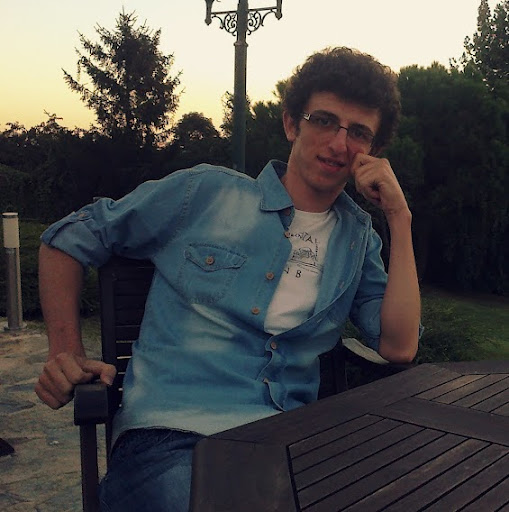
Mehmet Yanik
Youtube
Get Report for Mehmet F Yanik from Watertown, MA, age ~47
